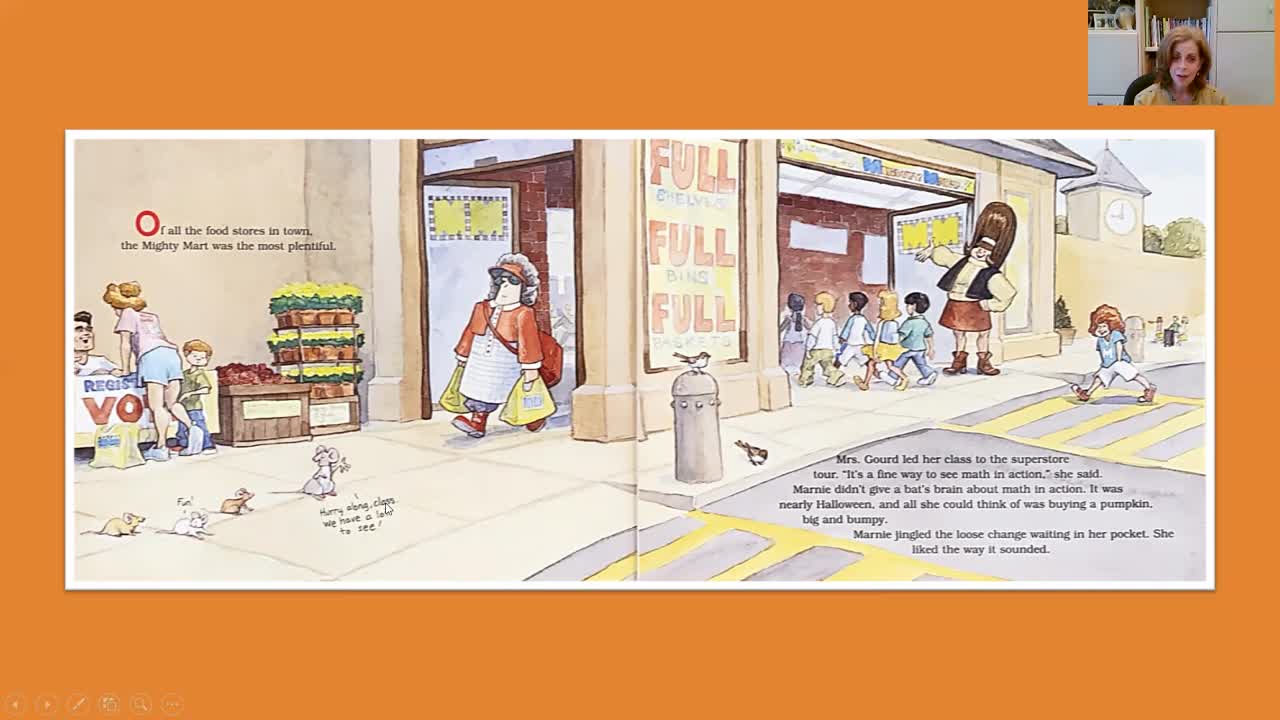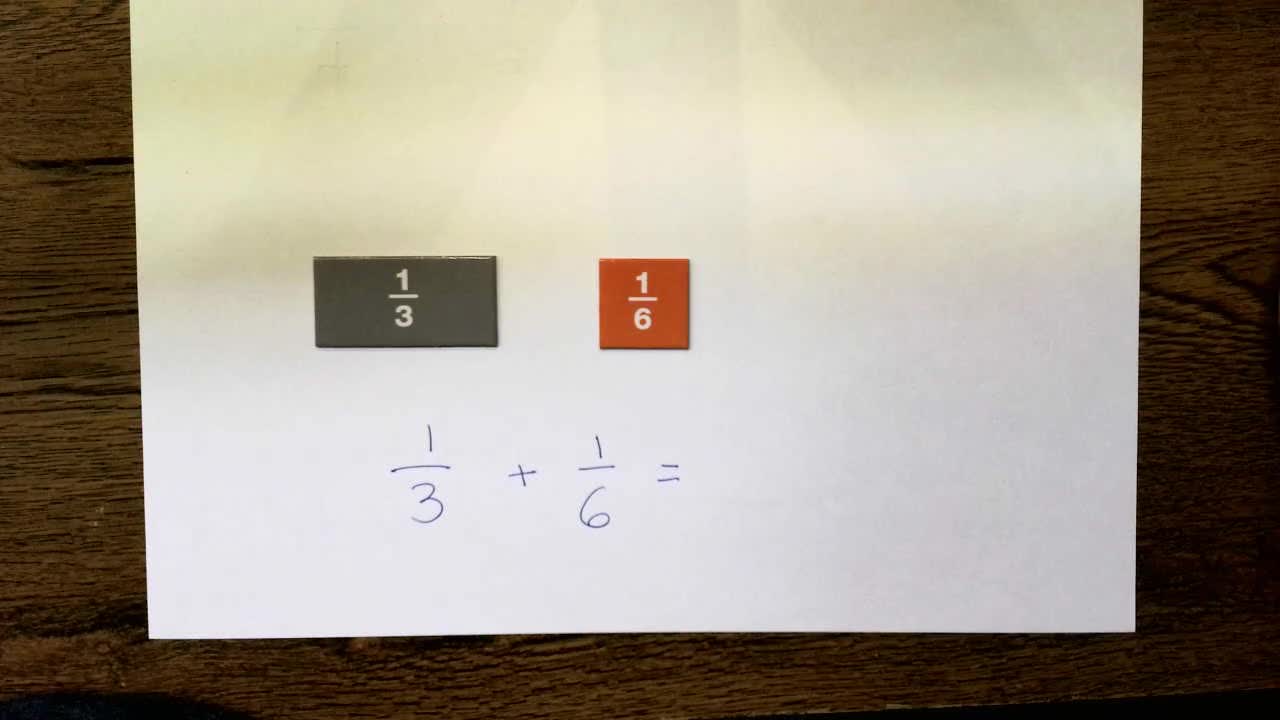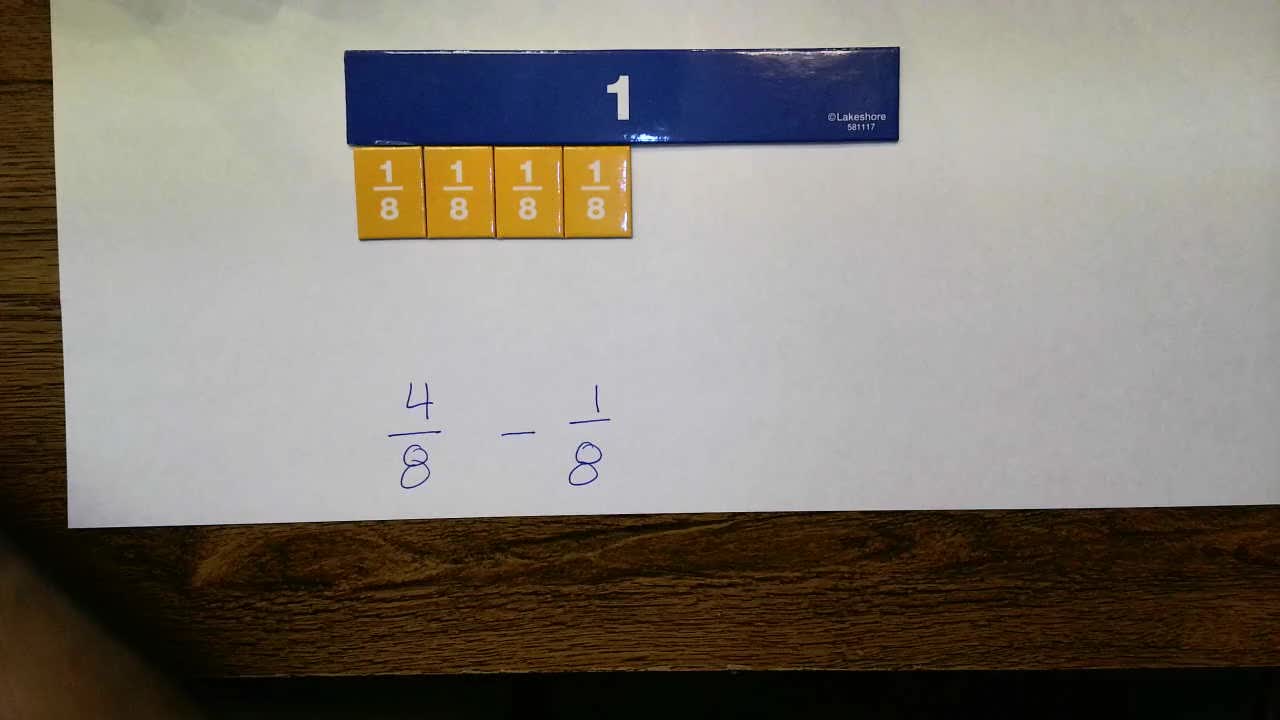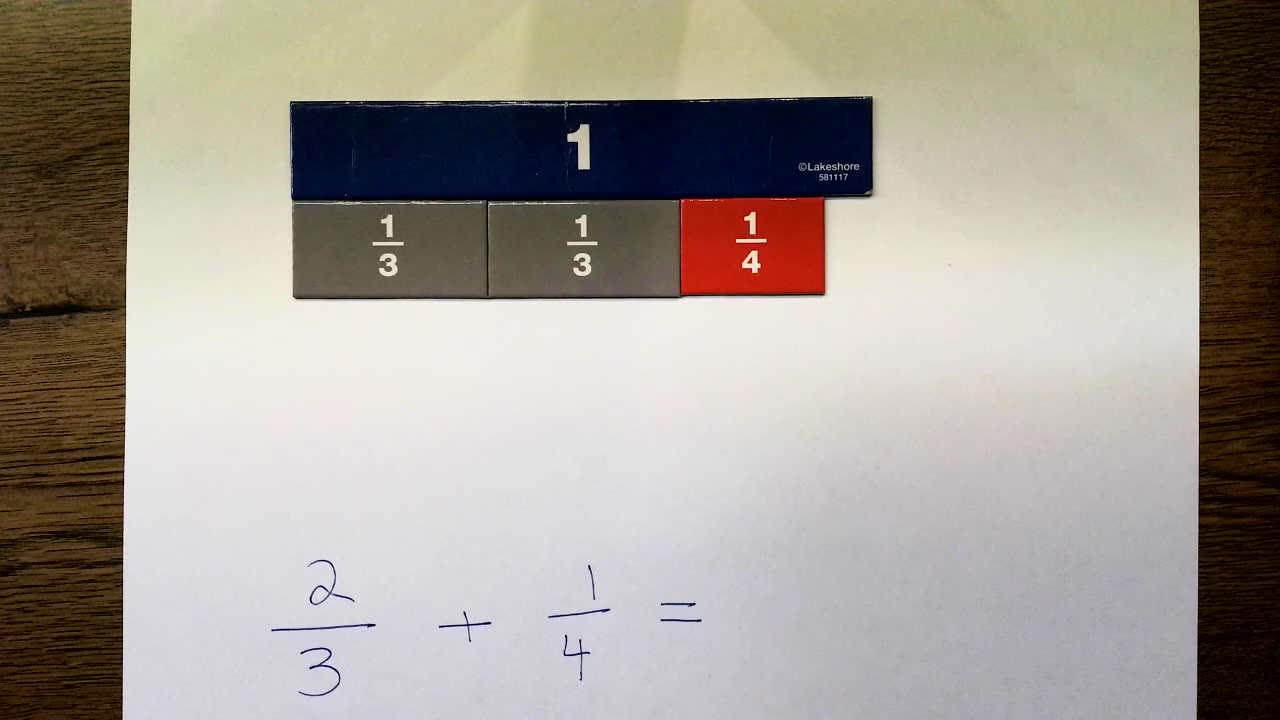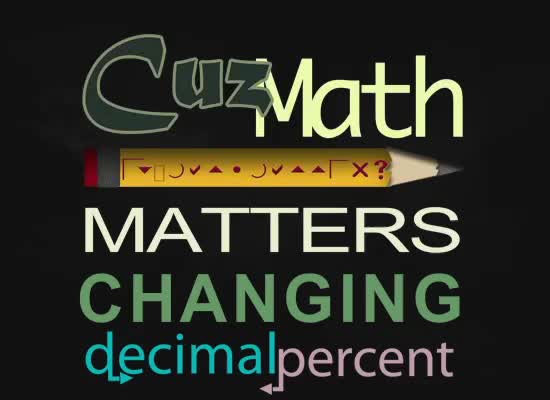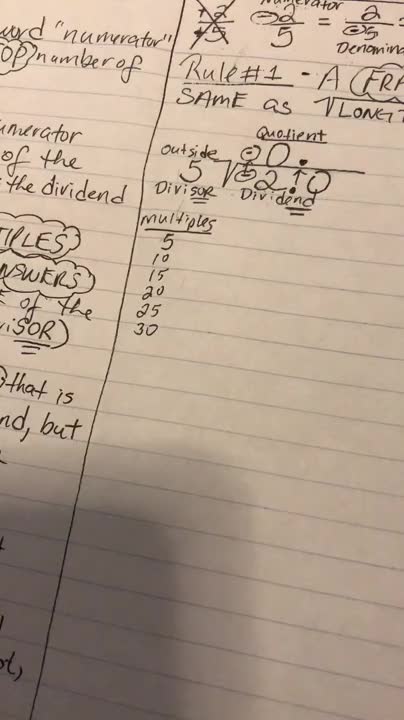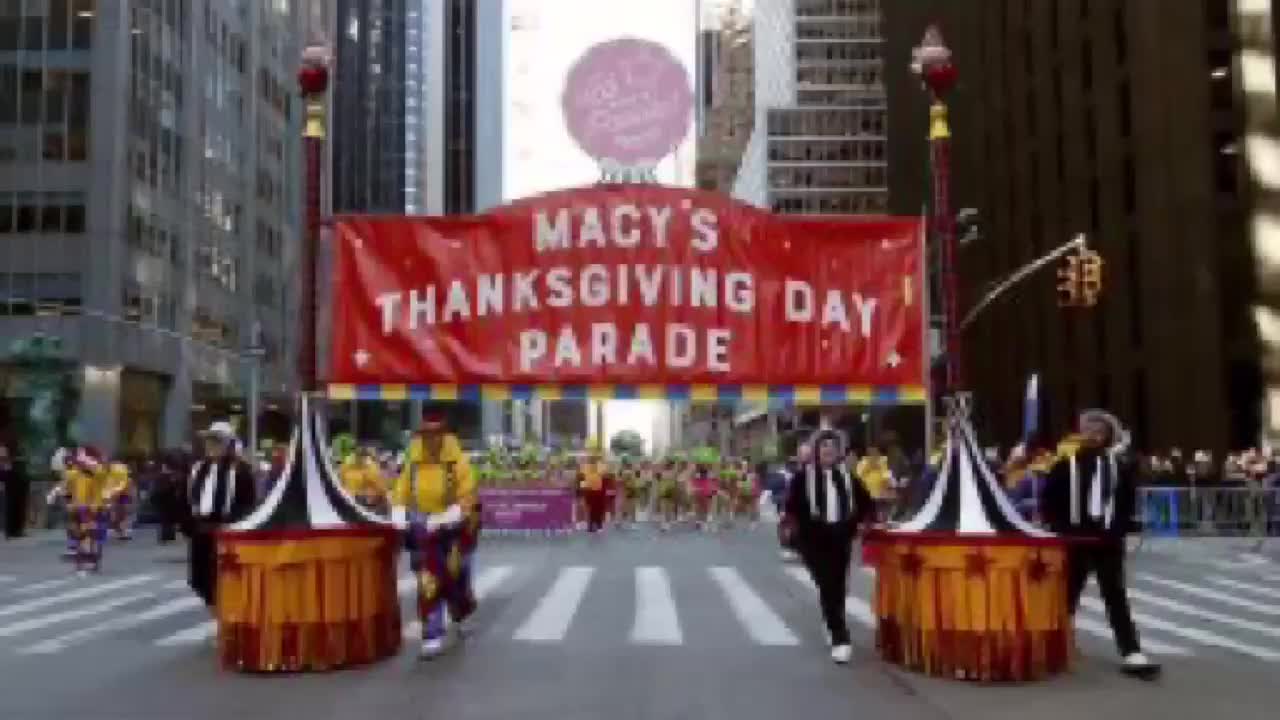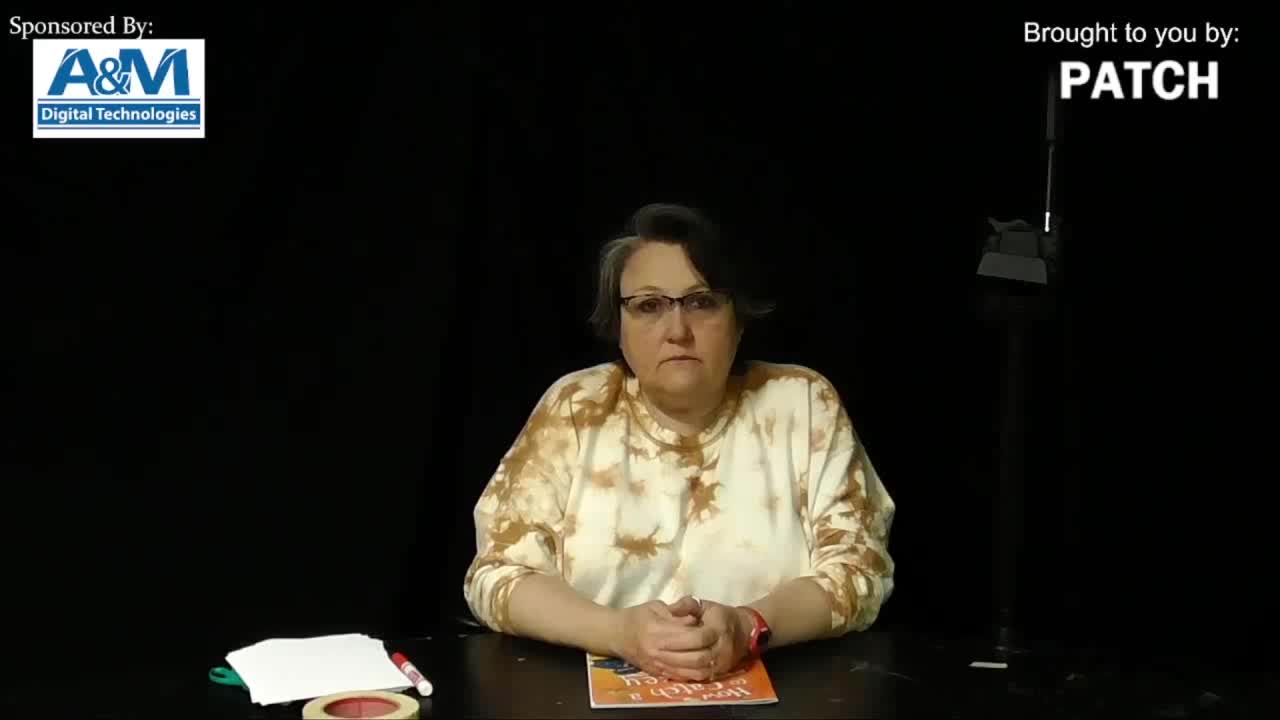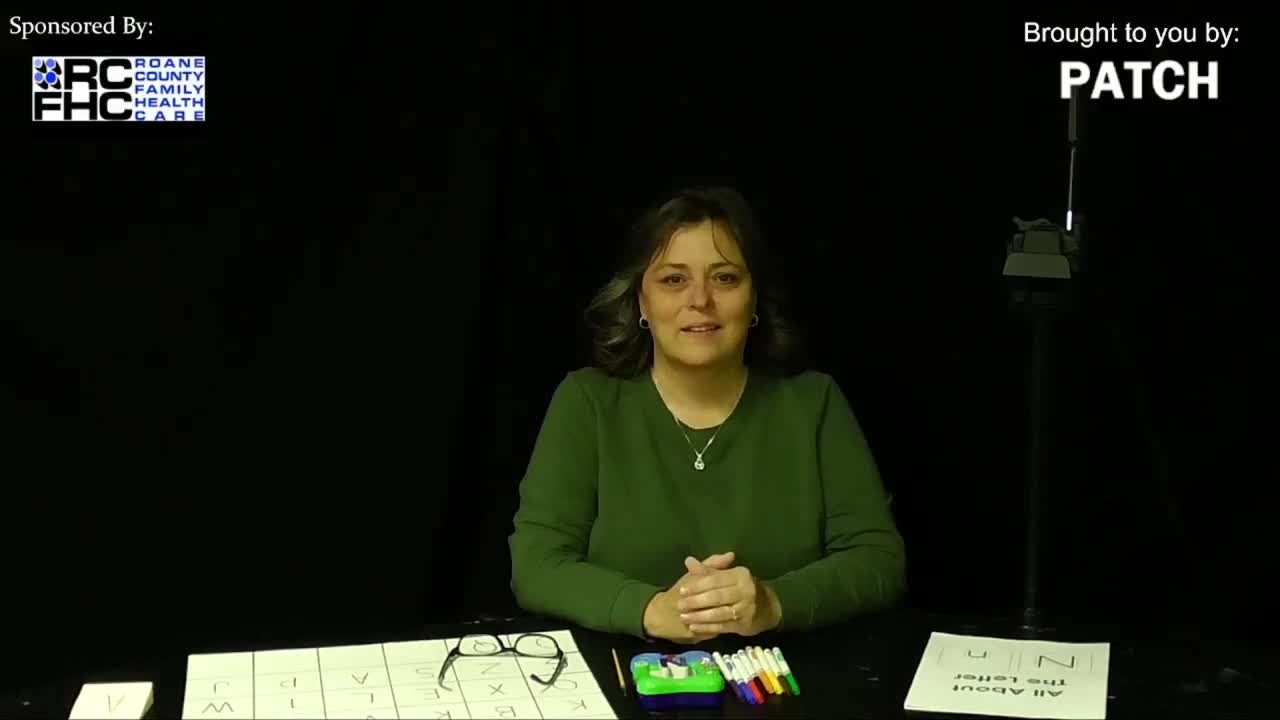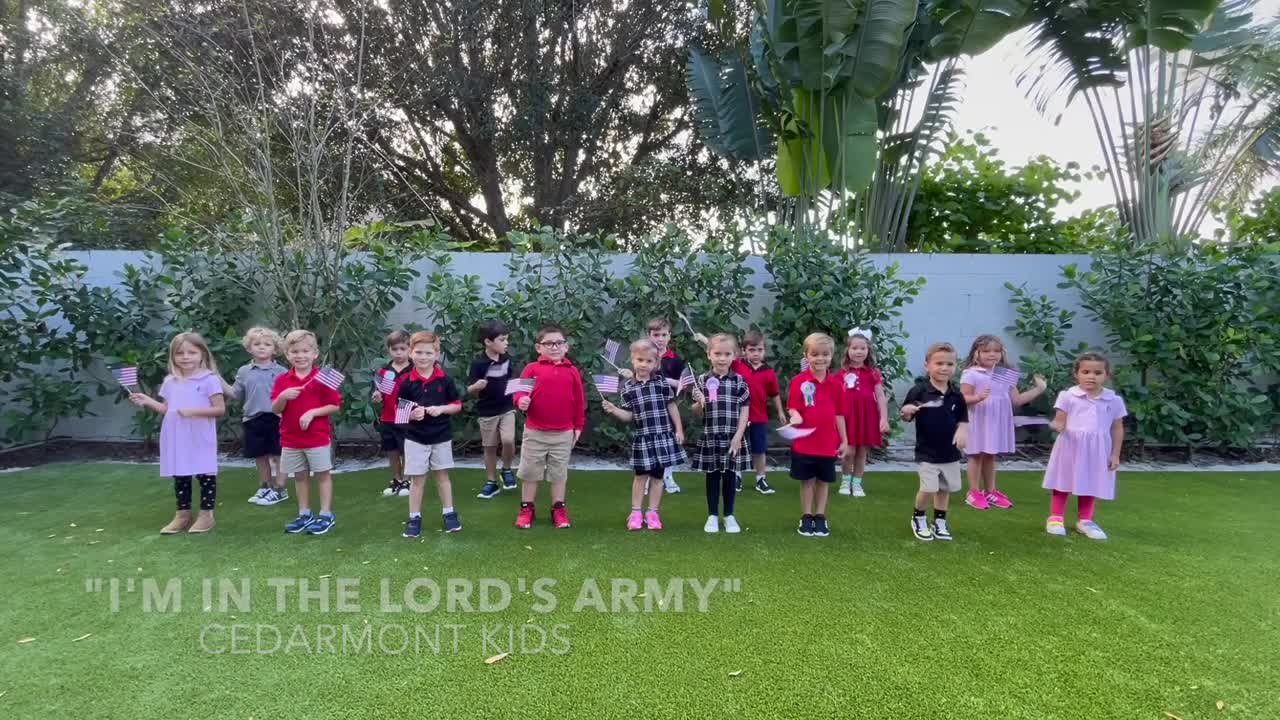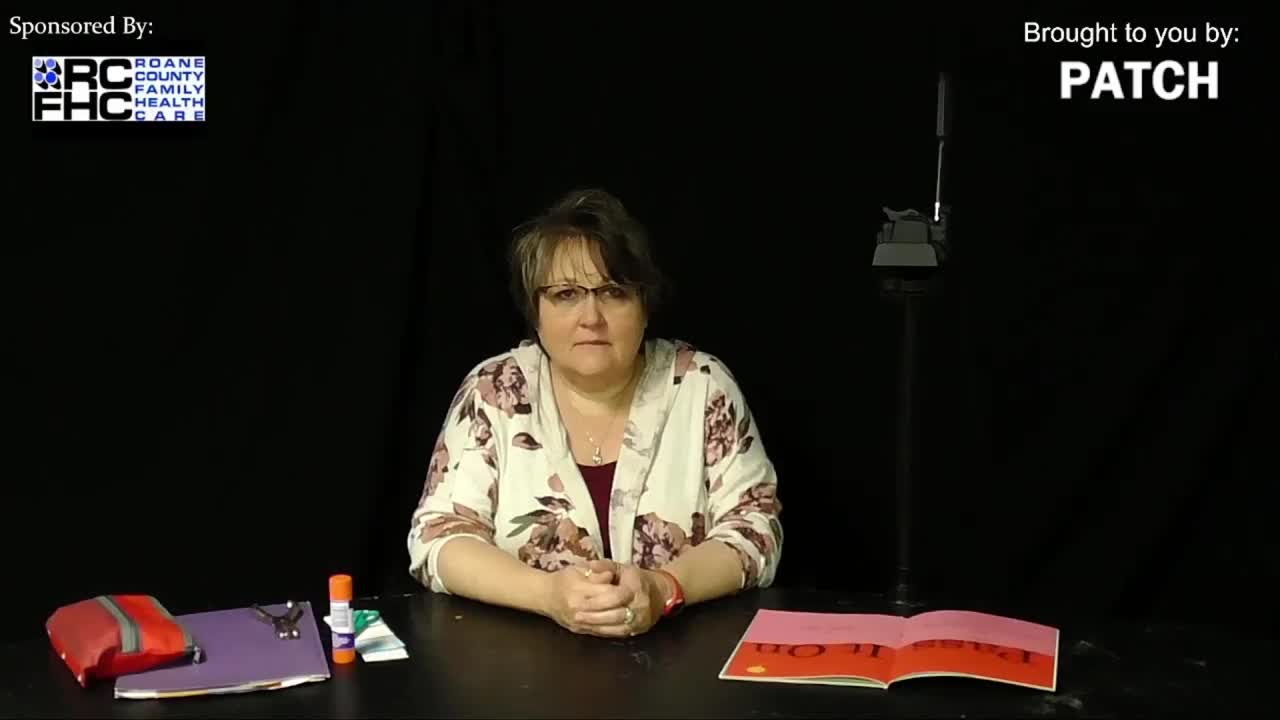week 5 Lit Terms- Rhetoric
Elementary / Math / Ratios and Proportions
In order to present a clear, functional argument that also sounds smooth and powerful, writers and speakers hoping to convince their audience of something often use what’s called rhetoric. Rhetoric is the use of specialized literary techniques to communicate, particularly to persuade or argue. The art of rhetoric uses a variety of rhetorical devices which are specific methods used in writing to better communicate argue and convince. The rhetorical devices we will be studying in this class include, parallel structure or parallelism, rhetorical questions, figure of speech, alliteration, and metaphor. As you hear and see the definitions and examples of one, try to think of and write down or type out an example of each rhetorical device on your own. Parallel structure: Also called parallelism, this is the repetition of the same grammatical structure. Instead of saying “we swam, fished and went skating,” you may say “We went swimming, fishing, and skating,” which uses three gerunds in that list. Parallel structure isn’t just giving words in a list the same ending though. Consider the parts of speech you’re using in short series of your sentences. For example, when Abraham Lincoln delivered the Gettysburg Address he said, “…we cannot dedicate, -- we can not consecrate -- we can not hallow -- this ground.” Dedicate, consecrate, and hallow are all verbs. Practice this device when you present the three points to your argument when you are writing a thesis statement in your essays. It will make your thesis, short, organized, and appealing. The most popular rhetorical device is a rhetorical question. It’s a question asked that intends to make the audience think of the answer rather than to verbally respond. If your mother asks you “How many times have I told you to clean your room?” She’s not looking for you to respond with a number- she’s trying to get you to realize that you’ve been told to do something too many times to have not gotten it done yet. A figure of speech is a non-literal word or phrase used to add force or effectiveness to speech or writing. If a principal at a pep rally says the blue devils will crush their opponents this Friday, he or she is speaking figuratively. It adds force to what’s said, but it does not mean that they will literally crush them. It has the connotation of winning a competition by a large margin. Alliteration is the repetition of the first letter or sound of multiple words in a sentence. Peter Piper picked a pack of pickled peppers is one example. Another fine example can be seen in the first V Speech from the film V for Vendetta. A YouTube link can be found in the Youtube description or edmodo folder below this video. https://www.youtube.com/watch?v=ACUpr5GvVsE A metaphor refers to one thing or person as something else to draw a comparison between the two. In the statement, “King Richard is a lion” the speaker is not claiming that King Richard is actually a massive feline predator that roams the Savannah. That would be a literal interpretation. Calling him a lion imbues King Richard with the same properties popularly associated with lions such as strength and courage. You can apply any of these to your essays to make your writing stronger if you do them properly. For some things to leave OUT of your essays, check out the week 4 video on logical fallacies if you haven’t done so already: https://www.youtube.com/watch?v=cGS28CTII8o
